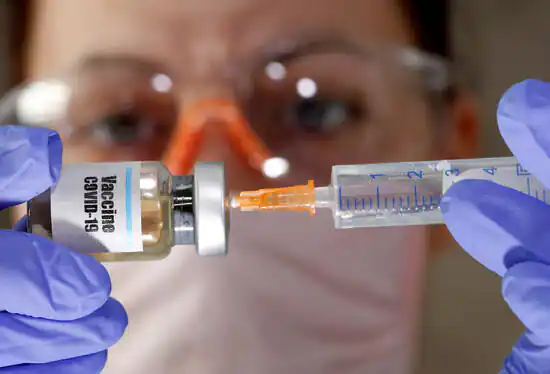“My son is at home with the flu, and half of his classmates are sick too. In addition, one of the patients has been admitted to the pediatric ward this week. This genuine comment from a mother of a one-year-old illustrates the concerns many parents have about what their children can do to protect themselves against Concerns about being exposed to the disease. In Spain, starting in autumn 2023, flu vaccinations will be free for all children aged 6 to 59 months.
While vaccination coverage for this population is not yet known, preliminary information suggests it is low. In fact, they are far below ideal levels.
mutational diseases
Influenza is an infectious disease caused by influenza viruses belonging to the family Orthomyxoviridae. Type A and B viruses have surface antigens (hemagglutinin and neuraminidase) that frequently mutate and generate new strains. In countries with mild climates, such as Spain, these variants can produce epidemics during the cold seasons (late autumn and winter).
This mutational phenomenon explains why the disease’s behavior changes each season and why vaccination against recently discovered viruses is necessary.
Almost always mild, but…
In children, influenza usually presents with a sudden onset of fever, often accompanied by a dry cough, chills, diffuse muscle aches, headache, and general malaise. Next, symptoms of respiratory tract involvement develop, including sore throat, nasal congestion, rhinitis, and cough. Sometimes the disease also presents with abdominal pain, nausea, vomiting, and diarrhea, and the baby may develop systemic infections.
Although most children fully recover after three to seven days, complications such as pneumonia, otitis media, and, less commonly, neurological conditions such as encephalitis, meningitis, and epilepsy may occur. Particularly serious is encephalitis, a rare disease with low morbidity but high mortality, especially in children under five years of age.
The proportion of children who become sick each season ranges from 20% to 30%, depending on the pathogen being transmitted. It is estimated that more than 100 million children under the age of five are infected with influenza each year worldwide. Influenza viruses are responsible for 5% of hospitalizations for acute lower respiratory tract infections.
In Spain, surveillance data showed that the hospitalization rate for children under five years old in the 2019-20 season was 52.4 per 100,000 inhabitants.
Between 2013-14 and 2019-20, 43.8% of patients in this age group admitted to intensive care units had one or more risk factors (pulmonary, cardiovascular, renal, hematological disease, immunosuppression, diabetes or neurological disease) disease, etc.), but a higher proportion (the remaining 56.1%) did not make these requests. Among the 16 deaths of pediatric patients admitted during the above-mentioned period, 2 cases lacked risk factors.
Studies conducted in other countries have also highlighted that a large proportion of childhood deaths from influenza occur in previously healthy individuals.
Vaccine works
Fortunately, we have very valuable tools at our disposal to address this health problem: several types of inactivated influenza vaccine (made from inactivated virus and administered intramuscularly) and an attenuated vaccine (made from an appropriate Attenuated live pathogens are designed and introduced intranasally).
Results of clinical trials conducted in the pediatric population indicate that the effectiveness of inactivated vaccines ranges from 45% to 91%. These percentages depend on how much more or less identical the circulating and vaccine strains are.
Some authors believe that attenuated methods are slightly more effective than inactivated methods, but a study in two-year-old children in Finland found no difference.
Side effects of the inactivated influenza vaccine are transient and mild: 5% to 12% of vaccinated children develop fever, myalgia, fatigue, and pain and swelling at the injection site. In terms of attenuation, the most common adverse reactions are nasal congestion and fever. However, as with all vaccines, instructions must be given by a health professional.
These diseases do not prevent application the following season. Only children who experience an allergic reaction should be evaluated to determine whether they should receive this treatment during other activities.
If we consider the high incidence of influenza among children aged 6 to 59 months (resulting in hospitalization, intensive care unit admission, and even death) and the proven effectiveness and safety of existing vaccines, it is difficult to understand vaccination coverage Low.
This situation is common among other countries and should cause us to rethink strategies to improve child protection through vaccination.
This article, written by Jenaro Astray Mochales of the Madrid Health Authority and Pere Godoy of the University of Lleidaha, has been published in The Conversation.

